德国开发商Sinn Power宣布,已完成全球首座采用竖直组件设计的漂浮光伏电站建设。
公司介绍,其SKipp-Float系统在抗风方面具有显著优势。该结构通过缆绳系统使组件在强风下可灵活偏转,从而降低风阻并提高抗波浪稳定性。
该项目于8月21日在巴伐利亚州Gilching的一座采石湖上投入运行,并于上周五正式揭幕。巴伐利亚州州长Markus Söder出席仪式并发表讲话。去年11月举行的奠基仪式也吸引了包括经济部长Hubert Aiwanger在内的政要出席,当时约有50块组件已安装完毕。
尽管建设周期较长,但项目延误极少。合作方Kies- und Quetschwerk Jais GmbH & Co. KG总经理Gottfried Jais在仪式上表示,项目审批流程“高效顺利”。该公司拥有该采石湖,并将所发电力用于自身生产运营。
根据发电预测,该电站可使企业电网用电量减少约70%,多余电量将输送至公共电网。
系统采用东西向竖直布置,组件排距为4米。每个SKipp-Float单元仅需1.6米深的狭窄龙骨式基座,极大减少水面占用。
Sinn Power未在新闻稿中公布具体参数,德国联邦电网局数据库中也暂无该项目记录。据公司介绍,该系统仅占湖面4.65%,远低于德国《水资源法》允许的15%上限,后续计划再扩建1.7MW。
除占地面积小外,Sinn Power还强调了系统的生态效益。竖直布置可促进水体氧气交换、允许阳光透入并改善水层自然循环。
公司指出,施工前安装的浮标监测数据显示,项目投运后湖水质量有所改善。漂浮平台上出现了水鸟筑巢,鱼群也聚集在龙骨式配重附近。
这些配重结构在风浪冲击下能使组件自动回正,保持系统稳定。Sinn Power称,项目运行初期的技术可靠性已得到验证。
公司表示,该系统可广泛应用于全年水深1.6米以上的人工水域,尤其是采石坑与碎石湖等区域。目标客户包括高耗能企业或计划推进电气化转型的工厂。
与其他竖直光伏方案一样,Sinn Power认为该系统有利于自发自用和并网售电,发电曲线更均衡,有助于电力市场灵活调度。
This content is protected by copyright and may not be reused. If you want to cooperate with us and would like to reuse some of our content, please contact: editors@pv-magazine.com.
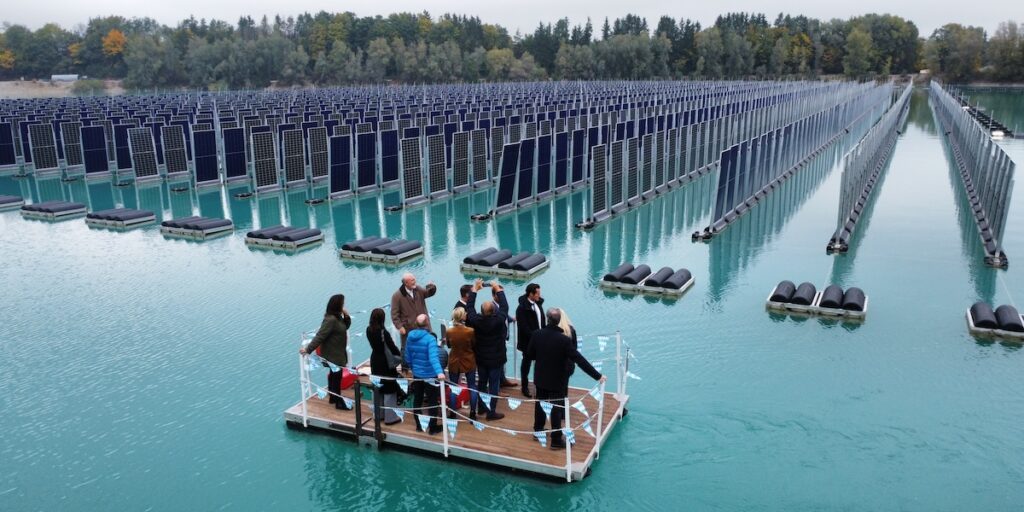




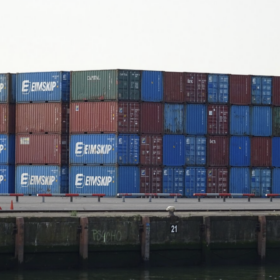
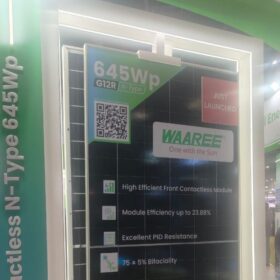
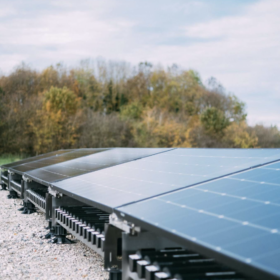
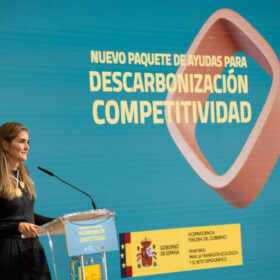
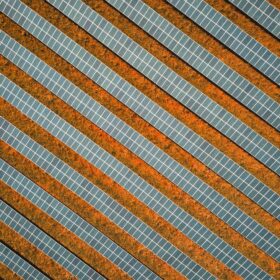
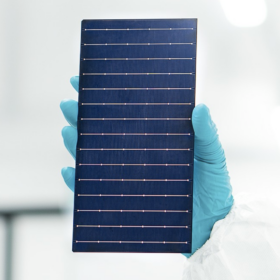

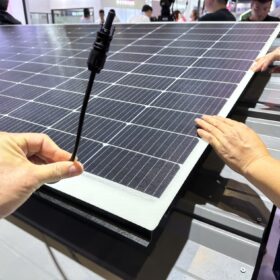
By submitting this form you agree to pv magazine using your data for the purposes of publishing your comment.
Your personal data will only be disclosed or otherwise transmitted to third parties for the purposes of spam filtering or if this is necessary for technical maintenance of the website. Any other transfer to third parties will not take place unless this is justified on the basis of applicable data protection regulations or if pv magazine is legally obliged to do so.
You may revoke this consent at any time with effect for the future, in which case your personal data will be deleted immediately. Otherwise, your data will be deleted if pv magazine has processed your request or the purpose of data storage is fulfilled.
Further information on data privacy can be found in our Data Protection Policy.